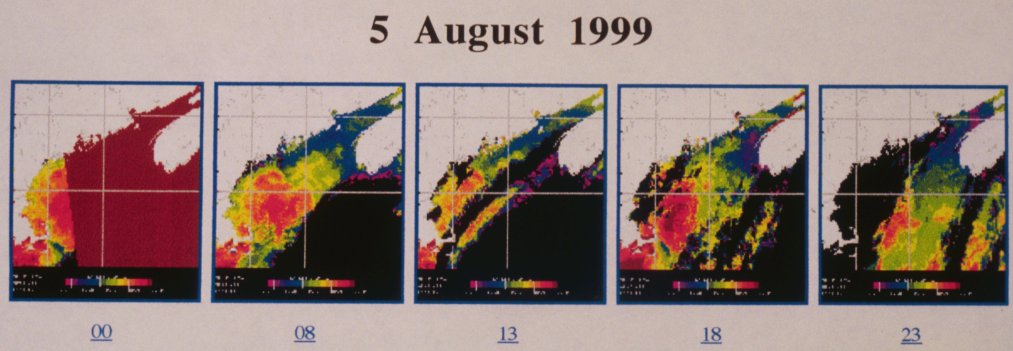Ocean currents help navigate objects in the ocean because of the Coriolis Effect as well as gyres, which systemize the currents formations within the ocean. Currents also decide where storms are going too be located because of Ekman transport which controls the winds which blow or navigate the water currents. Ocean currents affect everyday life by putting powerful currents against fishing industry determining the time of return of ships and boats around the worlds ocean. Sea life such as certain fish migrate towards warm ocean currents seasonally therefore also determines the amount of sea food captured by fishermen from their native countries. This is what I know about ocean currents and why they are important in the cycle of the oceans in the world.
I own a house in Machias, Maine located in front of the ocean and bay. The bay has a lobster fishing port where a number trash originates from. Ocean currents out further often transport trash and non degradable waste in front of my home which pollutes many beautiful natural waters and places due to pollution and shifting currents bringing in trash within our bay. This saddens me because plastic products such as bottles to plastic buckets destroy beautiful parts of nature due to the irresponsible of humans and their contamination. Often in the summer I and my family go for boat rides passing random trash within our ocean. In order to stop my dissatisfaction of these waters, I will help retrieve trash in open waters that I encounter. Ever since I was little my father and I have picked up trash washed up on the shores because of someday hoping the world can be cleaner again. If this occurs then pristine beauty as well as life will flourish again bringing the natural world closer to what it was ages ago.












